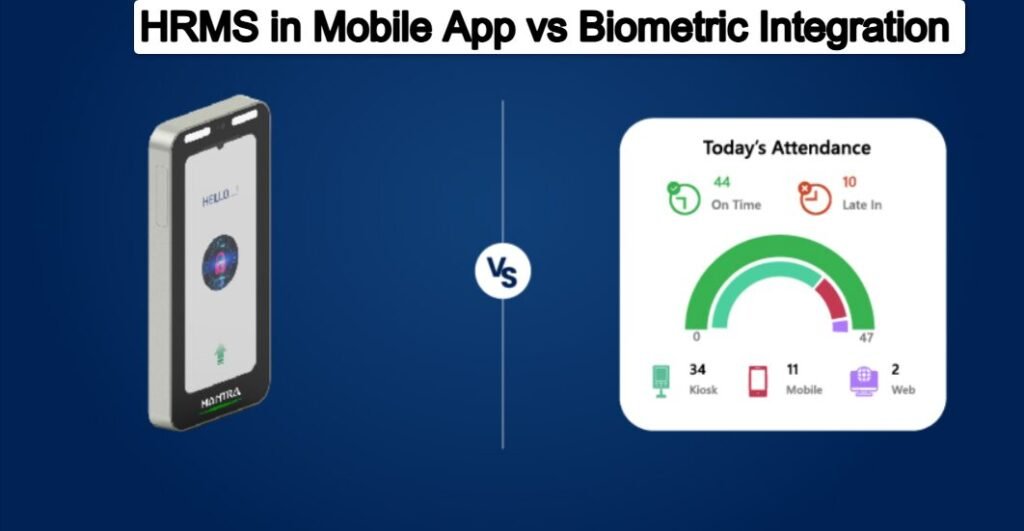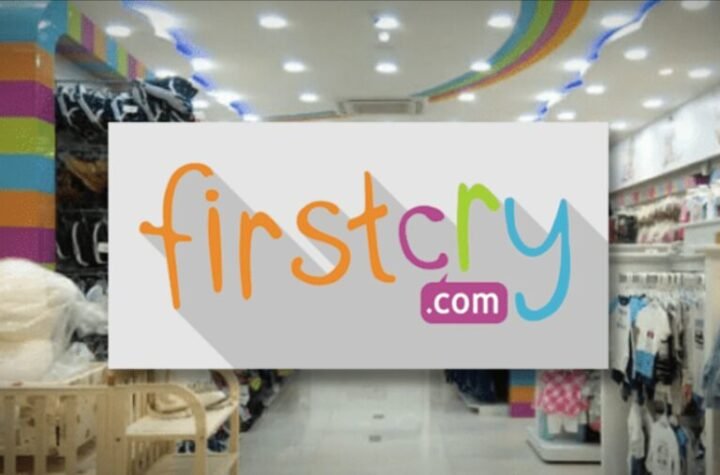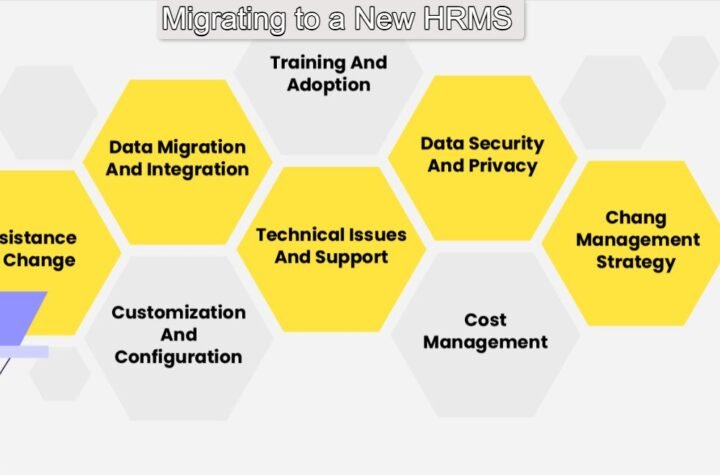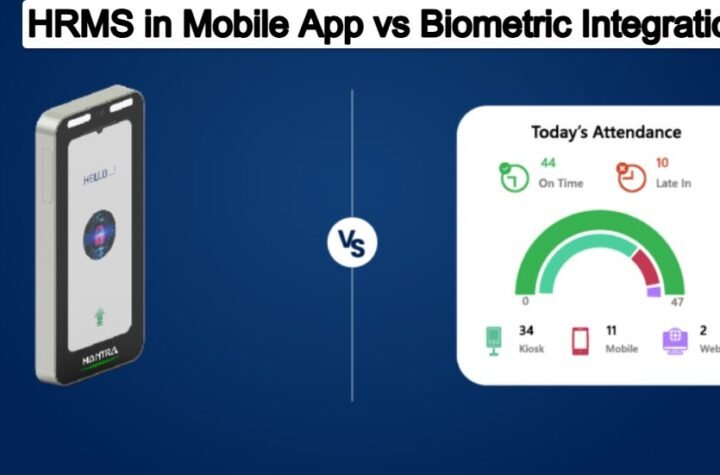
HRMS in Mobile App vs Biometric Integration
In today’s workplace precise attendance tracking is crucial, not just for payroll purposes, but also to improve productivity, compliance and accountability of employees. As companies increasingly implement Human Resource Management Systems (HRMS) to digitize HR processes, one crucial decision they have to make is how best to implement attendance tracking: mobile app-based tracker or biometric integration.
Each approach has its own advantages and are suited to different workplaces. This article will look at the main differences, advantages as well as the drawbacks and applications of Biometric vs. Mobile App Integration into HRMS and help you decide the best option for your company.
Understanding the Two Approaches
Mobile app-based attendance (MAPA) in HRMS is a method used in HRMS to record attendance.This method lets employees record their attendance using the HRMS mobile app typically by using geolocation (GPS) as well as authentication of IP addresses scans of QR codes, or even a selfie.
biometric attendance integration within HRMS The HRMS integrates biometric attendance.Biometric devices like fingerprint scanners or facial recognition terminals or iris scanners, are placed at exit and entry points and are linked to the HRMS to automatically record out and in times.
Key Comparison: Mobile App vs Biometric Integration
1. Flexibility and Accessibility
Mobile App: Highly Flexible
- Perfect for hybrid, remote or field-based teams. Suitable for field-based, hybrid, or remote
- Employees can login via their home computers, client websites or even co-working areas.
- Supports GPS tag or selfie-based verification
Biometric: Location Bound
- Requires physical presence at device’s location.
- Ideal for employees working on site Warehouses, factories, and offices
- It is not feasible to use remote setups for work
winner: Mobile App for modern working arrangements and flexibility.
2. Accuracy and Security
Mobile App: Variable
- The device can be altered if not secured properly (e.g. buddy punching fake GPS applications)
- The risk is minimized by additional security measures like geofencing and selfies.
Biometric: Highly Accurate
- Uses unique identifiers (fingerprints, facial recognition)
- Stops the buddy punching of proxy attendance and also the proxy’s attendance.
- More prone to fraud
winner: Biometric Integration for security and the most secure verification.
3. Implementation and Cost
Mobile App: Cost-Effective and Quick
- A minimal infrastructure is required; just phones and access to the internet.
- There is no hardware installation or maintenance necessary
- Easy to scale across various locations
Biometric: Hardware and Maintenance Costs
- This involves purchasing, setting up and maintenance of biometric devices.
- It may require technical assistance and/or repairs
- More difficult to scale for geographically dispersed configurations
Finalist: Mobile App for simplicity and affordability.
4. Suitability for Remote and Hybrid Work
Mobile App: Ideal
- The design was created for teams that are distributed and field workers
- Employees may mark attendance from any authorized location
- Great for the business of the gig economy and tracking salesforce
Biometric: Limited
- Only only in offices with physical spaces
- Ineffective for WFH staff or travel personnel
Award Winner Mobile App for the post COVID hybrid work environment.
5. Integration and Reporting
The two solutions are compatible with a modern HRMS offer:
- Real-time attendance updates
- Automated timesheets
- Management of leave and overtime
- Payroll-ready information
- Customized reports and analytics
Tie both are efficient when properly synced to HRMS dashboards.
6. Hygiene and Health Concerns
Mobile App: Contactless
- There is no physical contact required
- It is recommended for medical emergencies (e.g. COVID-19)
Biometric: Shared Surface Risk
- Fingerprint scanners can be touched by many people
- It requires regular cleaning and sanitization
Award Winner Mobile App designed for healthy and hygiene-conscious surroundings.
When Should You Choose Mobile App Attendance?
Best For:
- Companies that use hybrid or remote working models.
- Field agents, sales teams Consultants, field agents
- Small and mid-sized businesses searching for affordable HRMS solutions
- Companies with offices distributed or temporary job websites.
Advantages:
- Scalability
- Real-time tracking
- Employee convenience
- Cost of setting up is lower
- Fast deployment
When Should You Choose Biometric Integration?
Best For:
- Factory units, manufacturing units, and even plants
- Hospitals, retail stores, and schools
- The government, as well as the industries that are regulated
- Companies with strict security or compliance requirements
Advantages:
- Unrivalled accuracy
- No dependence on internet or mobile phones.
- This prevents the fraud of attendance
- Make sure that there is a presence on site
Hybrid Model: Best of Both Worlds?
Modern companies are now embracing the hybrid approach to attendance by using biometric devices in fixed locations as well as mobile applications to allow employees on-the-go. A HRMS system that can support different types of attendance input can allow businesses to:
- Flexibility to different departments.
- Maintain centralized attendance data
- Set up settings for each the role or location
A strategy like this ensures complete coverage, no matter where or when employees work.
Final Thoughts
There’s no universal answer in the field of the tracking of attendance in an HRMS. The choice between the Mobile App as well as Biometric Integration is based on your business’s structure, culture of work as well as security needs and the distribution of employees.
- If you are in a symbiotic, technologically driven workplace that has employees who are mobile and a mobile workforce, you may want to consider a application-based mobile time and attendance solution is a better choice.
- If you need a high-level of control, work in a geographic location, or have to deal complicated workflows that require compliance, biometric integration is the ideal choice.
- For companies with a variety of activities, combining both will yield the best results.
The ultimate goal is to establish an HRMS that works with your employees, streamlines procedures, and grows according to the growth you are experiencing. Selecting the appropriate method of attendance is an essential step towards creating a more efficient, smarter efficient and modern workplace.





More Stories
HRMS Invensis: Benefits and HRMS Services Offer by Invensis
JCBL HRMS: Key Features and Benefits
wheonx.com tech: Latest Tech News and Update